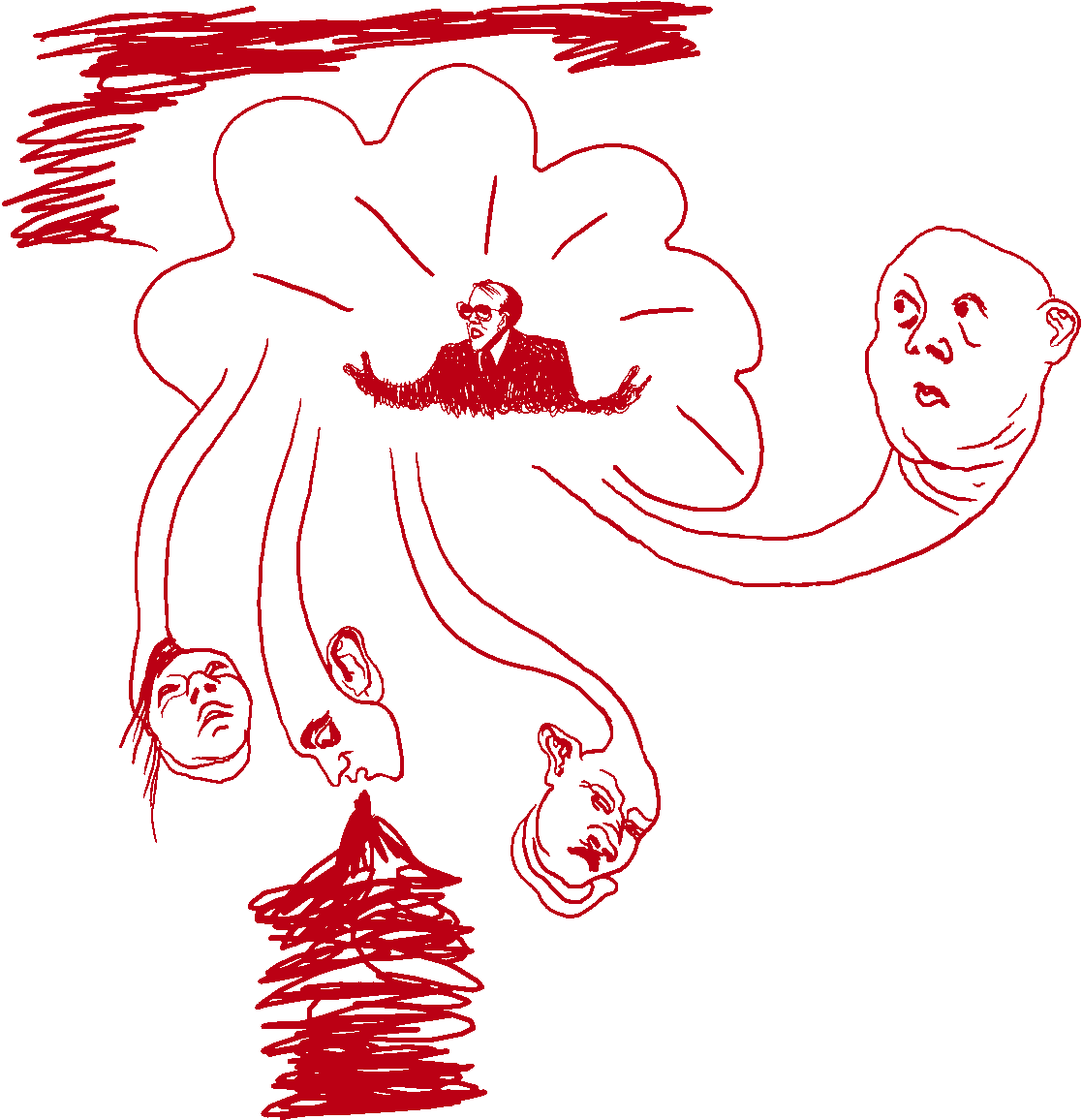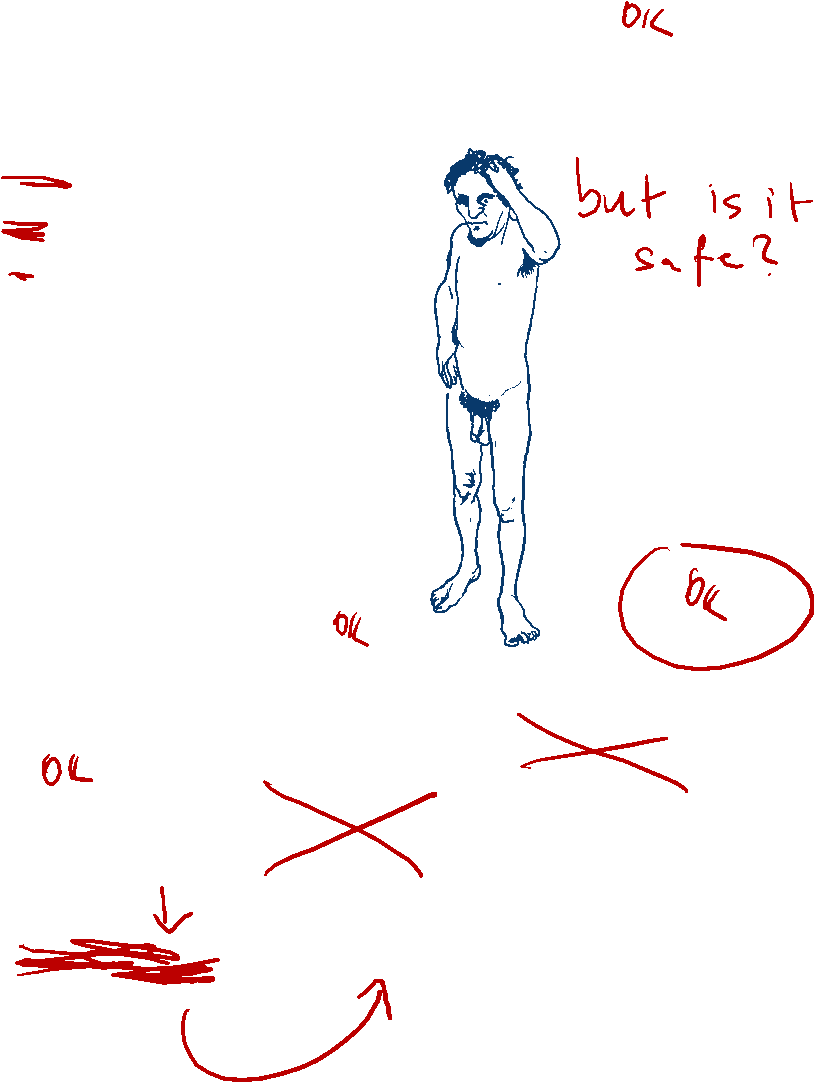
You might call Julia Margaret Cameron the Annie Leibovitz of the 19th century. At a time when photography was still an evolving art form and dominated by men, she was taking stunning pictures of some of the era's most notable personalities. Robert Browning, pictured here in 1865, was one of the leading poets of the Victorian era. His works include "Fra Lippo Lippi," "My Last Duchess" and "The Pied Piper of Hamelin."

Joseph Dalton Hooker, a botanist and a close friend of naturalist Charles Darwin, poses in 1868. Cameron started in photography in 1863, when she was 48. Her sister was friendly with a number of writers, artists and scientists, and they agreed to pose for Cameron -- a notable undertaking in a day with bulky cameras and long exposure times.

Despite the fame of her subjects, Cameron's work didn't become well-known until the 1940s, when a book of her photos was published. George Frederic Watts, pictured here, was a painter and sculptor -- in his time, considered the greatest of Victorian English painters. This photo was taken in 1865.

Alfred, Lord Tennyson was one of the most famous of Victorian English poets. He served as poet laureate of Great Britain for 42 years. His works include "The Charge of the Light Brigade," "In Memoriam A.H.H.," the Arthurian epic "Idylls of the King" and "Crossing the Bar." Cameron's picture of Tennyson, seen as a detail here, was taken in 1865.

Bishop of Winchester Samuel Wilberforce was a brilliant speaker, a voluminous letter writer and notable opponent of Darwin's theory of evolution. His manner wasn't convincing to everybody -- British Prime Minister Benjamin Disraeli called him "Soapy Sam" for his slickness. Cameron took Wilberforce's picture in 1872, a year before his death.

Historian and philosopher Thomas Carlyle is probably best remembered these days for his history of the French Revolution, but he also wrote novels, essays and satires. His photograph was taken by Cameron in 1867. Posing for Cameron wasn't for the fainthearted; Tennyson described her subjects as "victims." But the results speak for themselves: The images are imbued with "powerful spiritual content," wrote Malcolm Daniel of the Metropolitan Museum of Art.

Writer William Rossetti was part of the famed Rossetti family that included painter Dante Gabriel Rossetti and writer Gabriele Rossetti. William was a key member of the Pre-Raphaelite Brotherhood, which hearkened back to 15th-century Italy for its artistic model. This photo is from 1865.

Gifford Palgrave was a writer and Arabic scholar. His intriguing life involved time in India, a conversion to Catholicism (he was a Jesuit priest for a time), travels in the Arabian peninsula and a stint as a diplomat in Uruguay. Cameron took his picture in 1868.

George Howard, the 9th Earl of Carlisle, was a patron of the Pre-Raphaelites and a noted landscape painter. This photo is from 1865.

Erasmus Alvey Darwin -- Charles Darwin's older brother known as "Ras" -- trained as a physician but never practiced. Instead he proved an inspiration to his brother, who described him as witty, kindhearted and possessing "a remarkably clear mind." This photo was taken in 1868.

Another Pre-Raphaelite, William Holman Hunt, painted such colorful and exacting works as "The Hireling Shepherd" and "The Awakening Conscience." He was fond of wearing Eastern dress, which is how Cameron caught him in 1864.

Cameron is seen here in this 1874 portrait taken by her son, Henry Herschel Hay Cameron. Julia Margaret Cameron took about 900 photos in 12 years, but when her family moved to Sri Lanka (then known as Ceylon), her photographic career was essentially over. She died in 1879 at the age of 63.




